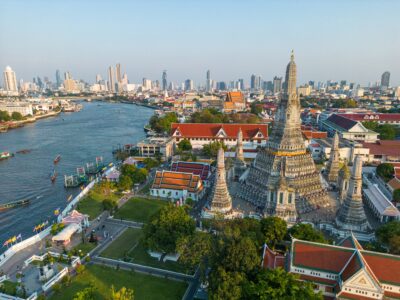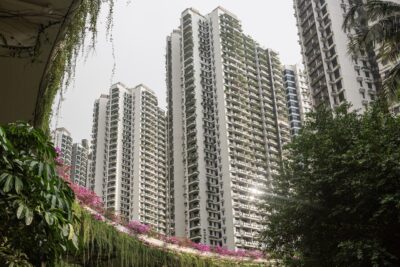China’s remote cities emerge stronger from downturn
As a wider housing malaise and a stuttering economy bite harder, the nation’s traditional property hotspots are being outperformed by less obvious markets—with no little help from local governments
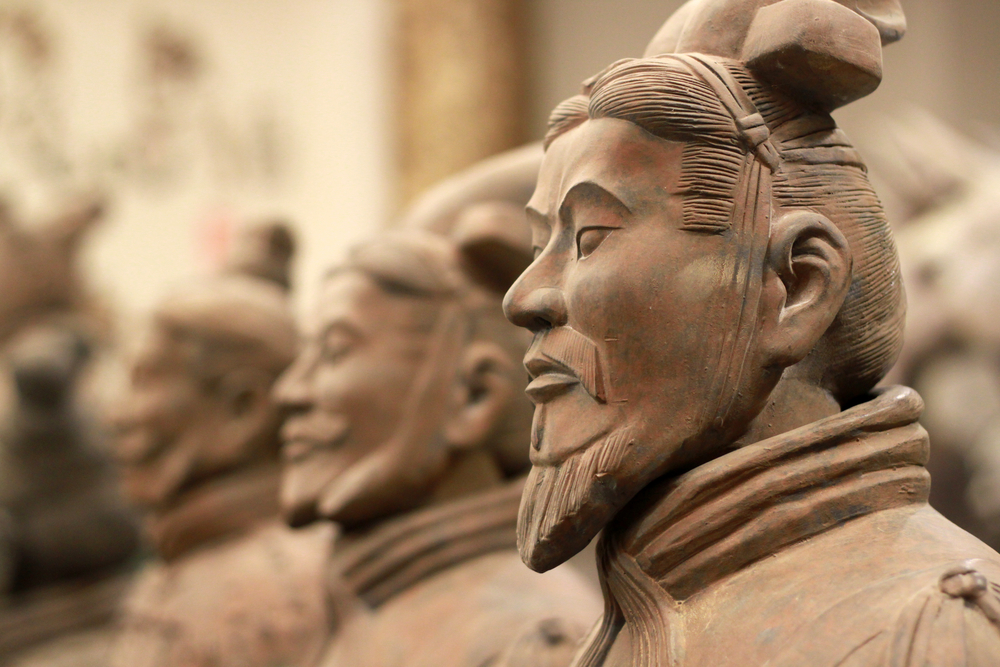
Xi’an does not fit the typical description of a property hotspot in China. Although a tier-one city and the provincial capital of Shaanxi, Xi’an is closer to remote Inner Mongolia than it is to Beijing and the prosperous eastern coast. Yet the home of the Terracotta Warriors and the Old Silk Road is currently China’s property powerhouse.
In each month during the second quarter, Xi’an’s residential market recorded higher price gains than any other major city in China, up 25.2 percent in June on the previous year, according to data from China’s National Bureau of Statistics. Dali, an ancient, walled city in southwestern Yunnan province came in second with an annual price jump of 22.9 percent in June, and then Inner Mongolia’s provincial capital Hohhot with a similar surge of 22.2 percent.
Prices in Shanghai paled in comparison, climbing only two percent over the same period. After years of cashing in on runaway prices in the very biggest cities on China’s bustling eastern seaboard, smart investors are heading inland—and the more remote, the better.
These pockets of inland growth have occurred because of the complex and often competing interests of the central government in Beijing versus those in remote cities and towns often thousands of kilometres away, says David Ji, head of research and consultancy on Greater China for Knight Frank in Hong Kong. “If you see a second or third-tier city that has jumped up faster than the crowd, that’s probably because the local housing restrictions have been realigned in order to clear the inventory,” he says.
Larger cities are more closely wedded to policy coming out of Beijing. In late July, the Politburo announced it was ready to increase stimulus for China’s stuttering economy—growth slumped to just 6.2 percent in the second quarter, the lowest in three decades—but added that Beijing would leave the property sector to fend for itself.
“We should adhere to the principle that housing is used for living, not for speculation,” the Politburo announced. Then came Beijing’s crucial statement of intent: “[We] will not use real estate as a short-term means of stimulating the economy.”
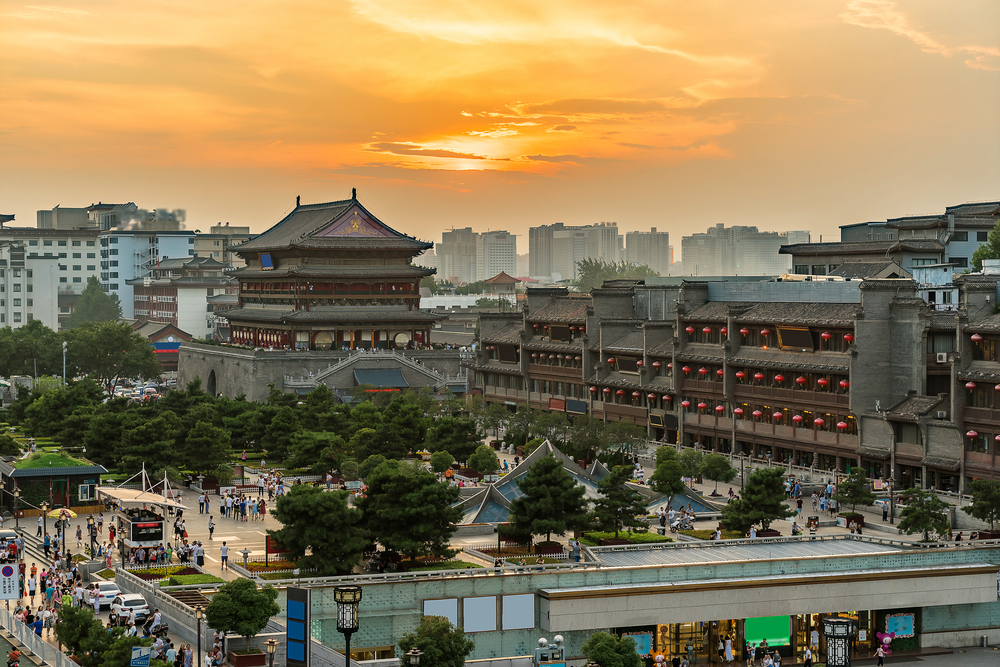
Although Chinese officials have repeated the same phrase on property speculation numerous times since it was first used by Chinese President Xi Jinping in October 2017, the housing market has never before been omitted from Chinese government efforts to spur an ailing economy. “I don’t think it’s a major change in policy. The signal is the same as before but not because the economic situation is getting better,” says Ji, adding, “There’s a lot of hesitation rather than optimism.”
This is where the competing speeds of China’s biggest cities come into play versus the rest with Xi’an the anomaly. The central government is far more concerned about capping the runaway property market speculation seen in cities like Shenzhen than it is smaller and more remote cities like Xi’an, and particularly lesser provincial capitals like Hohhot. This means curbs designed to cool the property market have traditionally targeted big hubs like Shanghai and Beijing. Smaller cities have been left to manipulate their economies—and property markets—in a bid to attract more workers and homebuyers.
“In tier-one cities, curbs will remain in place,” says Sam Xie, head of research at CBRE China in Shanghai. “On the other hand, for lower-tier cities, reforms such as the resident registration system are underway to stimulate demand,” he adds, referring to China’s hukou card, a kind of internal passport which dictates everything from health insurance to where the owner can buy property.
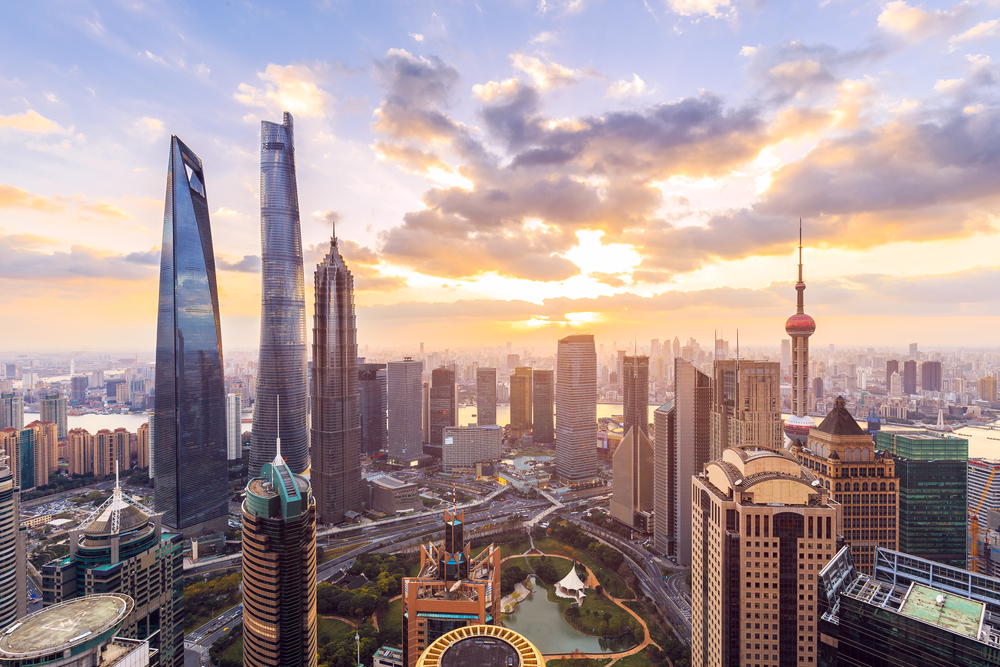
fetch over CNY90,000 per square metre for prime city centre housing. Eugene Lu/Shutterstock
Xi’an remains the exception to the rule when it comes to first-tier cities seeing sluggish price growth, and it’s all down to geography. For decades, the central government has been trying to spur the economy of Xi’an, a popular tourism hub but a no-man’s land in economic terms given it languishes in central China. Zhengzhou, the nearest tier-one city to Xi’an further east, takes just two hours and four minutes by Gaotie, China’s high-speed railway, and costs CNY229 (USD32.50) per ticket. Although lightning-fast compared to almost any other country, in modern-day China, this represents a gulf—no other tier-one city in China is further from another by high-speed train. For years, before and after high-speed rail came to Xi’an, this relative isolation left the city and its property market languishing ever further behind the likes of Shanghai and Shenzhen.
Still, Xi’an remains by far the largest city in a 500-kilometre radius in central China, attracting thousands of rural migrants every year. But for years, these people lived and rented in the city because they didn’t have a Xi’an city hukou card, a requirement for any property purchase. A few years ago, that all changed, says Tony Tong, general manager of JLL’s Xi’an office. “By the end of July 2019, prices in the Xi’an residential market had risen for 40 months straight,” Tong tells Property Report. “Policies and regulations were repeatedly eased by Xi’an’s local government.”
More: A tale of two tiers in China
In the first five months of last year alone, Xian’s municipal authorities eased restrictions on obtaining hukou cards four times. This meant college students anywhere in China could simply send photos of their national ID and student cards by WeChat, China’s most popular social media app, to the Xi’an police and receive their new Xi’an hukou card by post in a few days. In August last year, a video went viral on Youku, China’s most popular video website, in which a policeman bellows through a megaphone to encourage shoppers in a Xi’an market to obtain a city residency card.
The huge spike in successful hukou applicants not only spurred Xi’an’s property market, it has transformed the city itself, and central China. In just 17 months up to August last year, Xi’an saw its population increase by 800,000 people, akin to New York City swallowing all of the inhabitants of Seattle in little more than a year. Indeed, Xi’an has already consumed threequarters of the neighbouring city of Xianyang. Xi’an police announced last year that they were targeting a city population of some 15 million people by early 2022. Based on current population levels, this would place Xi’an third only to Shanghai and Beijing among the largest cities in China, and bigger than southern powerhouses Guangzhou and Shenzhen.
Already, seven major cities in Shaanxi province have recorded huge net outflows of people, almost all to Xi’an.
Cities will try to push aggressively to get people in from the countryside. Our point is that many people think urbanisation drives growth, but really it’s the other way around—growth drives urbanisation. If you have a place where people want to live, they will live there
In March last year, as the boom began to accelerate, a study by Shanghai-based consultancy China Real Estate Information Corporation found that three out of four buyers in Xi’an were new residents. This is all part of what the Xi’an municipal government has termed its “battle for talent and population.” It’s a war in which Chinese cities are fighting each other to survive and remain relevant, says Andrew Polk, a partner at Trivium, a Beijing-based consultancy which studies government policy and economy in China.
“Cities will try to push aggressively to get people in from the countryside. Our point is that many people think urbanisation drives growth, but really, it’s the other way around—growth drives urbanisation. If you have a place where people want to live, they will live there,” says Polk. “Technically it doesn’t have to be a zero-sum game meaning that there’s still enough people in the rural areas that every city, in theory, could take people. But in reality, it’s going to be some cities who gain a lot more and you’re going to have inter-city flows.”
In recent months, Xi’an’s city government has dialled back its aggressive bid to attract inhabitants to first-tier benefits such as high-speed rail, an international airport and subway—seemingly without suffering the sharp end of Beijing’s market curbs. Conditions on obtaining a residency permit were re-imposed. Although market prices are still catching up to what is expected to be a fall in demand for home purchases, this is yet to show in the data, says Tong of JLL. “Prices in Xi’an’s residential property market will stabilize.”
In Hohhot, a third-tier city with much less to attract people than Xi’an, no such curbs have been announced to slow home prices which soared 22.2 percent between June 2018 and the same month this year. After struggling for years to retain talent escaping to Beijing, Hohhot’s municipal government in April announced plans to build new flats at a 50-percent discount, or rent-free for two years, for recent graduates.
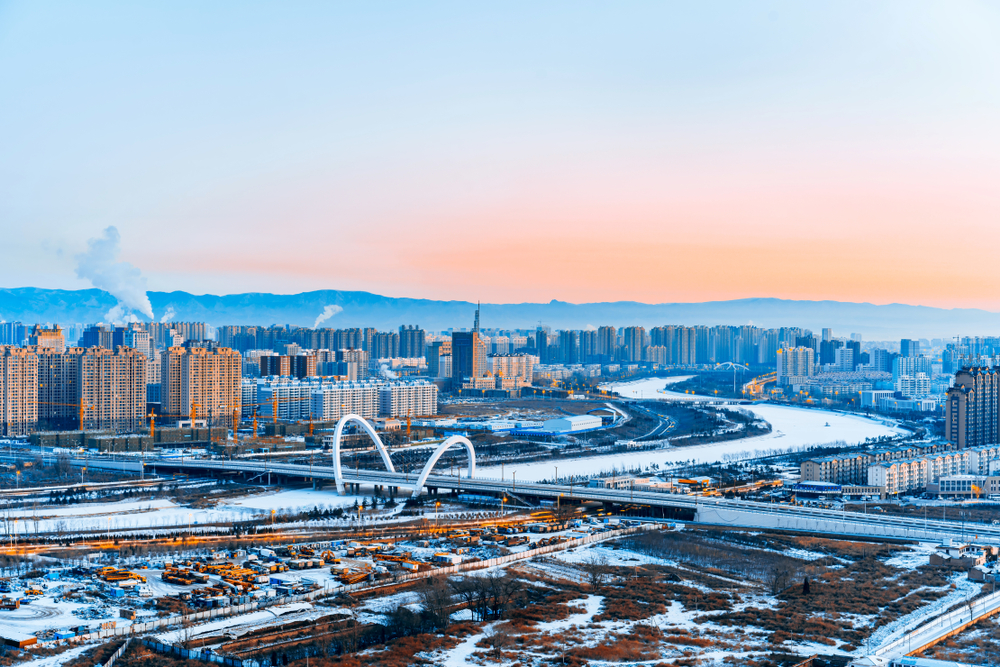
Like Xi’an, remote Hohhot on the Mongolian steppe has initiated what it terms a “talent priority” policy. In a bid to give its residents the trappings of a regional capital, the city government has sought and won the right to build a new CNY22.4-billion (USD3.2 billion) airport—one of only four cities, including Xi’an, permitted to build a new air terminal as Beijing clamps down on costly, and often wasteful, infrastructure projects. Genghis Khan Airlines, which launched its first flight from its new hub Hohhot to the Inner Mongolian city of Ulanhot in July, has ordered 25 aircraft from Comac, China’s new civilian airline manufacturer, as it attempts to compete with Airbus and Boeing.
Hohhot’s municipal government has offered major tax breaks to the private sector, particularly tech. In January, the online shopping goliath JD.com announced Hohhot would become one of two cities in China to test new four-wheeled robots to be used for delivering retail goods to homes. Still, many products ordered online in China—the biggest such market in the world—are delivered by men riding three-wheeled, beaten-up electric tricycles.
Despite the recent surge in prices, Hohhot house prices remain considerably cheaper compared to any other major city in China, says James MacDonald, senior director and head of research for China at Savills in Shanghai. The base is low, he says: “[It’s] relative value for money given that the current price point remains affordable—roughly CNY8,000 (USD1,136) per square metre.”
Shanghai realtors still get over CNY90,000 (USD12,785) per square metre for prime housing in the city centre. In Xi’an expect just CNY17,000 (USD2,415) per square metre, despite the recent boom. Prices in far-flung cities like Xi’an and Hohhot may be catching. But the gulf with China’s main hubs remains enormous as municipal governments across the country attempt to balance the competing demands of price growth and affordability, says MacDonald.
This article originally appeared in Issue No. 156 of PropertyGuru Property Report Magazine
Recommended
Meet the vagabond architect behind India’s housing scene
Vinu Daniel is helping to shake up India’s home building setting
Where Asian real estate stands in a fragmented, warmer world
Asia’s real estate industry faces many and varied challenges as external factors continue to bite
6 sights to see in Singapore’s Marine Parade
Handily located Marine Parade has emerged as a vibrant investment choice in the Lion City
There’s a township dedicated to health and wellness in Malaysia
Property seekers have their health needs catered for at KL Wellness City





